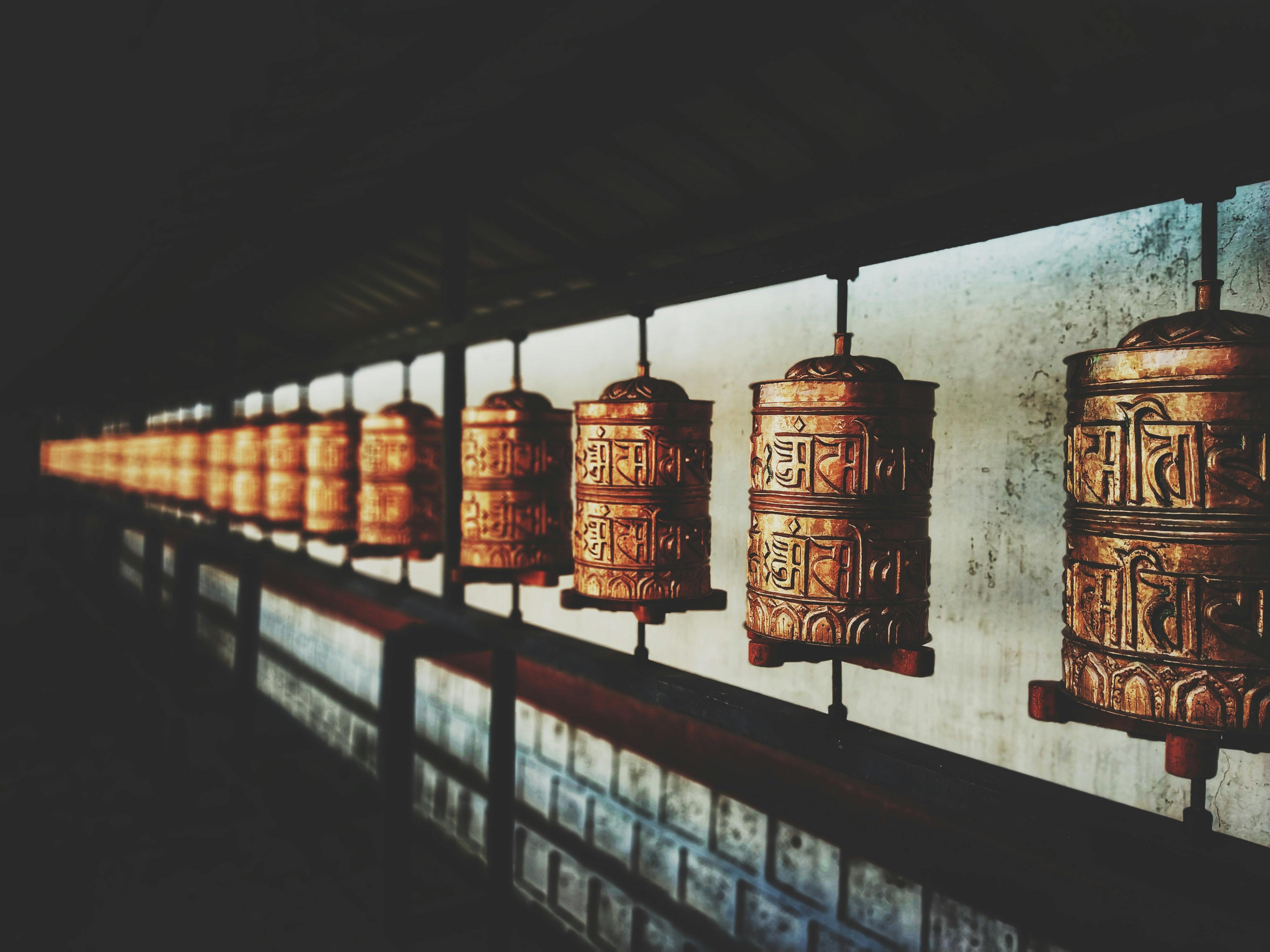You know that feeling when life gets a bit overwhelming? When you are juggling work, family, friends and social life, it all starts to feel like too much. Things can quickly spiral into stress and anxiety. But what if there was an ancient philosophy that could help bring calm, meaning and joy back into your day-to-day? In this article, we will explore how the wisdom of Buddhism can be applied to modern life to help you design the life you want. Discover how concepts like mindfulness, non-attachment and compassion can be integrated into your routines. You will learn simple practices to reduce stress, focus your mind and connect more deeply with others. If you are seeking more balance and happiness, the Buddha’s teachings may hold the key. Read on for a beginner’s guide to living the Buddha way.
The Four Noble Truths: Understanding the Root of Suffering
The Buddha taught that life is suffering, and the root cause of suffering is desire.
The First Noble Truth states that suffering exists in life. Whether it is loss, sickness, or not getting what you want, suffering is unavoidable.
The Second Noble Truth is that the cause of suffering is craving and attachment. We suffer because we cling to desires for wealth, relationships, pleasure, and material goods. These cravings can never be satisfied and leave us wanting more.
The Third Noble Truth says we can end suffering by ending desire. The Buddha taught that we can overcome suffering by following the Eightfold Path – cultivating wisdom, ethical conduct, and mental discipline.
The Fourth Noble Truth describes the Eightfold Path. Following the path of right view, right resolve, right speech, right conduct, right livelihood, right effort, right mindfulness, and right concentration releases us from clinging and leads to enlightenment and the end of suffering.
By understanding these Four Noble Truths, you can walk the path that leads out of suffering. Let go of craving and attachment. Develop wisdom and follow the Eightfold Path. Happiness comes from within, not from satisfying endless desires. Live ethically, focus your mind, and find enlightenment. The Buddha Way can guide you to design a life filled with meaning and purpose.

The Noble Eightfold Path: Buddha’s Prescription for Happiness
The Buddha laid out eight steps to overcome suffering and find happiness. Following this path leads to enlightenment and release from the cycle of rebirth.
Right View
See the world as it is. Understand the impermanence of all things and let go of ignorance and delusion. Develop wisdom and discernment.
Right Intention
Cultivate positive intentions and goodwill. Abandon greed, hatred, and harmful intentions. Focus your mind on compassion and kindness.
Right Speech
Speak truthfully and constructively. Avoid lying, idle chatter, gossip, and hurtful speech. Use words that promote peace and understanding.
Right Conduct
Follow ethical behaviour and moral discipline. Do not harm others or violate laws and social norms. Treat all people and living beings with compassion.
Right Livelihood
Earn a living through ethical and peaceful means. Do not engage in harmful or deceitful occupations. Contribute value to society in a constructive way.
Right Effort
Make an effort to improve yourself. Abandon harmful thoughts and unwholesome mental states. Cultivate positive qualities and virtuous mental states. Strengthen concentration and mindfulness.
Right Mindfulness
Develop awareness and pay close attention to your body, feelings, mind, and phenomena. Do not cling to thoughts and perceptions. Remain detached from craving and aversion.
Right Concentration
Focus the mind through meditation. Develop one-pointed concentration and stillness of mind. Achieve dhyana or meditative absorption. Experience insight and tranquillity.
Following the Noble Eightfold Path leads to happiness, peace and enlightenment. By cultivating wisdom, ethics and meditation, you can reach Nirvana in this very life.

Applying the Buddha’s Teachings to Design Your Modern Life
To live life the Buddha way, start by embracing impermanence. Nothing lasts forever, so appreciate each moment. Take time to slow down and be fully present in your daily activities. Pay close attention to your senses and the little details around you.
Find purpose and meaning
The Buddha taught that life’s purpose is to end suffering. Identify what causes you suffering and work to eliminate unhealthy attachments and cravings. Focus instead on cultivating wisdom, morality, and mindfulness. Ask yourself how you can make a positive difference in the world each day.
Practise compassion
Compassion for all beings is a cornerstone of Buddha’s teachings. Make an effort to be kind and empathetic towards everyone you encounter. Forgive others for their shortcomings and avoid harsh judgement. Compassion starts with you, so be gentle with yourself too. Learn to accept imperfections in yourself and life.
Seek balance
The Buddha advocated the middle way, avoiding extremes of indulgence and asceticism. Find balance in all areas of your life. Spend time nurturing your body, mind, relationships, and spirit. Take a moderate approach to work, rest, and play. When you feel stressed or upset, pause and reflect on the bigger picture. Maintain an even perspective through life’s ups and downs.
The Buddha’s timeless teachings offer guidance for reducing suffering and living an ethical, purposeful life. Apply his wisdom to your daily choices and habits. Make the most of each moment through compassion, mindfulness, and balance. Let go of unrealistic expectations and embrace life as it is. This is the path to inner peace and enlightenment.
Conclusion
So there you have it, my friend. The Buddha’s teachings provide a shining light to guide us through life’s twists and turns. By cultivating compassion, living mindfully and seeking enlightenment, we can move closer to our best selves. The journey requires patience and perseverance, but the rewards are immeasurable. As we walk the Buddha Way, we discover our true purpose. Our days become imbued with meaning. We plant seeds of loving-kindness that blossom into peace. Rather than following desires that lead nowhere, we chart a course towards lasting fulfilment. The Buddha shows us that the power to transform our lives resides within. By looking inward, we can gain the wisdom to live fully and joyfully. This ancient knowledge provides a framework to design our modern lives. The choice is ours. Will we commit to the path that leads out of suffering? Or will we stay lost in the darkness? The Buddha extends a hand to guide us into the light. Now it is up to us to take the first steps…





